 2009 Mitsubishi i-MiEV Dimensions, Size & Specs
2009 Mitsubishi i-MiEV Dimensions, Size & SpecsMeasurements of the 2009 Mitsubishi i-MiEV, engineered for optimal performance and comfort
| Dimensions | |
|---|---|
| Length: | 3475 mm136.8 in11.4 ft |
| Width: | 1475 mm58.1 in4.8 ft |
| Width (Opened Mirrors): | 1855 mm73.0 in6.1 ft |
| Height: | 1610 mm63.4 in5.3 ft |
| Ground Clearance: | 150 mm5.9 in0.5 ft |
| Trunk Capacity: | 235 liter8.3 cu ft |
| Trunk Capacity (Max): | 860 liter30.4 cu ft |
| Weight Specifications | |
| Curb Weight: | 1110 kg2447 lbs |
| Maximal permitted Weight: | 1450 kg3197 lbs |
| Tire Specifications | |
| Rims Sizes: | 15-inch rims:
|
| Tire Sizes: |
|
The Mitsubishi i-MiEV, produced from 2009 to 2020, is a compact electric hatchback designed for urban mobility and efficiency. Measuring 3475 mm (137 inches) in length and 1475 mm (58 inches) in width, it offers a small footprint ideal for city driving and easy parking. When including the mirrors opened, the width extends to 1855 mm (73 inches), which is important for assessing maneuverability in tight spaces. The vehicle stands 1610 mm (63 inches) tall, providing a slightly elevated stance that contributes to comfortable entry and exit as well as good headroom inside the cabin.
Weighing 1110 kg (2447 lbs) curb weight and capable of a maximum weight of 1450 kg (3197 lbs), the i-MiEV balances lightweight construction with durability while accommodating passengers and cargo. Its ground clearance of 150 mm (5.9 inches) supports adequate clearance for everyday road conditions without compromising stability.
The luggage capacity is notable for its class, offering 235 liters (8.3 cubic feet) of cargo space with rear seats up, expandable to a generous 860 liters (30.4 cubic feet) with the rear seats folded down, making it practical for grocery trips or small loads.
Complementing its compact dimensions, the i-MiEV rides on 15-inch rims (5J x 15 and 4J x 15), paired with tire sizes of 175/55 R15 and 145/65 R15, which contribute to its agile handling and efficient ride quality. Overall, the Mitsubishi i-MiEV from this generation represents a highly practical and environmentally friendly option within the small hatchback category, perfectly suited for eco-conscious drivers in urban and suburban settings.
Discover the standout features that make the 2009 Mitsubishi i-MiEV a leader in its class
Have a question? Please check our knowledgebase first.
The Mitsubishi i-MiEV 2009 model measures 3475 mm (136.8 inches) in length, 1475 mm (58.1 inches) in width, and 1610 mm (63.4 inches) in height. When the side mirrors are opened, the width increases to 1855 mm (73 inches). These compact dimensions make the i-MiEV easy to maneuver and park, especially in urban environments where space can be limited.
The Mitsubishi i-MiEV 2009 has a curb weight of 1110 kg (2447 lbs) and a maximum weight of 1450 kg (3197 lbs). This relatively lightweight nature helps to enhance its electric efficiency and agility. The vehicle’s weight balance contributes positively to its handling, while the maximum weight indicates how much load it can carry safely, including passengers and cargo.
The Mitsubishi i-MiEV has a ride height or ground clearance of 150 mm (5.9 inches), which is typical for city-focused hatchbacks. This clearance level allows the i-MiEV to comfortably handle most urban road conditions and mild uneven surfaces but may be less suitable for serious off-road situations or very rough terrain.
The i-MiEV offers a luggage capacity of 235 liters (8.3 cubic feet) with all seats in place, providing enough room for daily shopping or small travel bags. When the rear seats are folded down, the capacity significantly expands to 860 liters (30.4 cubic feet), enabling larger loads, making it versatile for different cargo needs.
This model comes with rim sizes of 5J x 15 and 4J x 15, paired with tires sized 175/55 R15 on the front and 145/65 R15 on the rear. These tire dimensions complement the vehicle’s lightweight and compact design, contributing to its energy-efficient ride and urban handling capabilities.
Yes, the Mitsubishi i-MiEV 2009 easily fits into a standard residential garage. With its compact length of 3475 mm (136.8 inches) and width of 1475 mm (58.1 inches), even when considering opened mirrors at 1855 mm (73 inches), it is smaller than most common garage measurements. This makes it highly practical for urban dwellers with limited parking spaces.
The 2009 Mitsubishi i-MiEV is Mitsubishi's pioneering mass-produced electric vehicle and does not have a direct predecessor in its model line. However, compared to Mitsubishi's earlier electric experiment cars, the i-MiEV is much more compact, practical, and production-ready. Its compact dimensions and lightweight design prioritize urban mobility and efficiency, making it a significant advance over prior concept vehicles and niche electric prototypes.
During its production span from 2009 to 2020, the Mitsubishi i-MiEV competed with other small electric hatchbacks like the Nissan Leaf and the Smart Electric Drive. Dimensionally, the i-MiEV is narrower and shorter, prioritizing very compact urban utility. While its luggage space is modest compared to some rivals, its small footprint and efficiency made it attractive for city driving and tight parking situations. The i-MiEV stands out for its lightweight design and niche appeal as one of the first affordable mass-market electric cars.
Common concerns include its relatively narrow cabin width, which some may find tight especially for rear passengers, and modest luggage space when seats are up. However, many users appreciate the highly compact footprint for city driving and easy parking. The taller height provides decent headroom. Its lightweight and small size contribute to efficient energy use but may feel less spacious compared to larger hatchbacks.
The i-MiEV’s tire sizes, 175/55 R15 in front and 145/65 R15 in the rear, paired with 15-inch rims, are optimized for efficient, smooth urban driving. The relatively narrow rear tires help reduce rolling resistance, enhancing efficiency, while the slightly wider front tires maintain grip and steerability. This balance supports comfortable handling and improved range in city settings, though the smaller rims and tires may slightly limit sporty handling or rough surface absorption compared to larger wheel setups.
Discover similar sized cars.
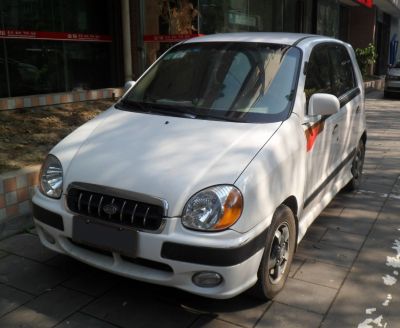
| Production: | 2000-present |
|---|---|
| Model Year: | 2000 |
| Length: | 3495 mm137.6 in |
| Width: | 1495 mm58.9 in |
| Height: | 1580 mm62.2 in |
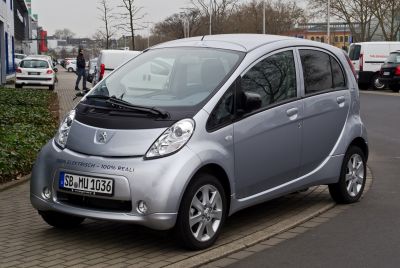
| Production: | 2009-2020 |
|---|---|
| Model Year: | 2009 |
| Length: | 3475 mm136.8 in |
| Width: | 1792 mm70.6 in |
| Height: | 1608 mm63.3 in |
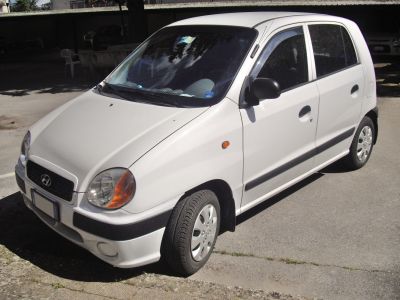
| Production: | 1999-2008 |
|---|---|
| Model Year: | 1999 |
| Length: | 3495 mm137.6 in |
| Width: | 1485-1495 mm58.5-58.9 in |
| Height: | 1580 mm62.2 in |
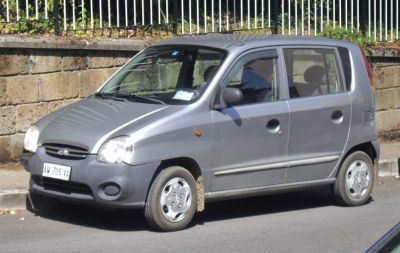
| Production: | 1997-2008 |
|---|---|
| Model Year: | 1997 |
| Length: | 3495 mm137.6 in |
| Width: | 1495 mm58.9 in |
| Height: | 1615 mm63.6 in |
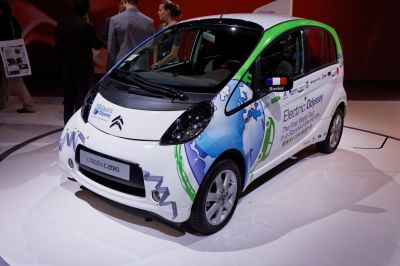
| Production: | 2009-2020 |
|---|---|
| Model Year: | 2010 |
| Length: | 3480 mm137.0 in |
| Width: | 1792 mm70.6 in |
| Height: | 1610 mm63.4 in |
